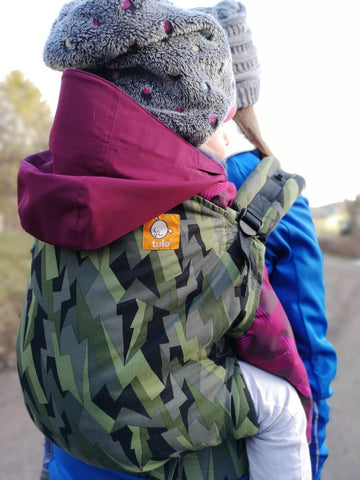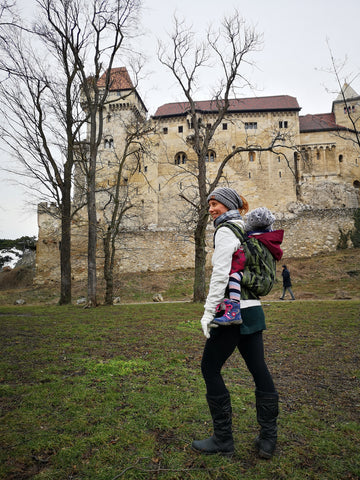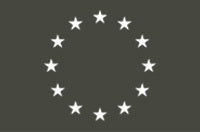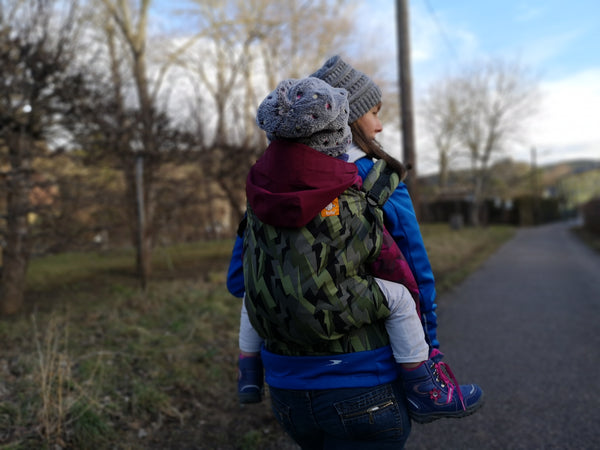Oh yes, who is not familiar with the defiant phase, pardon me, the “autonomy phase” as it is called nowadays. It is that time in family life before which you think to yourself, just for a brief moment: “Yes, we passed the baby phase, our child can walk, communicate. From now on, everything will be more relaxed.” As if, because sometime between the second and the fourth year of life, he finds his way into it all: Mister Defiance. That is what nutrition and fitness blogger Melanie (in German) affectionately calls this unwanted guest who is currently visiting her three-year-old daughter as well.
In her blog (in German), she examines this whole “No matter what you do, you’re doing it wrong” phase in an amusing an entertaining way and also points out the neurological reasons responsible for it. And yes, they do exist, they are even quite understandable and show very clearly: As parents, you simply have to endure these times and try to find a way to “survive”. The part of the brain responsible for these regular outbursts of our little ones is called prefrontal cortex. It regulates our emotions, unleashes them or holds them back. But in children, it is just not quite as developed. This only happens over the years and with experiences, as Melanie reports.
And that is not all there is to it. In stressful situations, emotions completely take the wheel. Speech and cognitive thinking are simply switched off and to the children, there is no difference between fantasy and reality anymore. The result: outbursts which are not comprehensible in our mature eyes.


Melanie and her partner have actually found their very own way to “survive” this phase. It was rather by chance, out of helplessness and pure despair because their dear long walks, among other things, but also their relationship became more and more uncomfortable thanks to Mister Defiance. They simply went back to being “carrying” parents, just as they had been right after their daughter’s birth. And indeed: since closeness and therefore the “cuddling” hormone oxytocin aid in calming down the child, this works really well for the three of them. Thanks to the TULA toddler carrier , which they chose together with their daughter, they are able to simply be close to her in difficult situations, to offer her a retreat, to strengthen the parents-child-relationship and to relax more easily together. It is exactly those short phases of quiet, of inhaling and breathing deeply, as Melanie describes it in her article, which sometimes even result in their daughter being able to briefly explain herself. Why? Because her emotional control center – and thereby Mister Defiance – is calm again due to the cuddling period.
Since the blogger is an enthusiastic athlete herself, she cannot only comfort with the TULA toddler carrier, but she can also satisfy her urge to move – which you can basically count as an additional unit of training for her leg muscles due to the extra weight. And as a side effect, the extensive walks strengthen their relationship as a couple as well. Hence, carrying becomes a win-win situation for the whole family.
To learn more about sports and nutrition from a proud babywearing mum, visit Melanie’s blog and social accounts:
https://www.facebook.com/fitmelicious/


